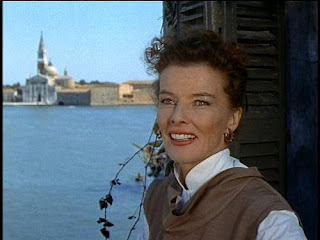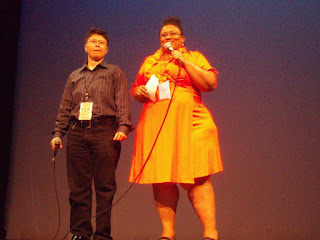Search This Blog
Official website of Annakarinaland , broadcast on KXSF.fm San Francisco Community Radio Focus on Women and Film. Published reviews and scholarly writing of film critic Moira Jean Sullivan
Posts
Revisiting Katherine Hepburn in Venice: Summertime
- Get link
- X
- Other Apps
Revisiting Ingrid Bergman in The Visit
- Get link
- X
- Other Apps
Queer Women of Color Film Festival, San Francisco June 12-14
- Get link
- X
- Other Apps
The Eclectic 62nd Cannes Jury=Woman Power
- Get link
- X
- Other Apps






